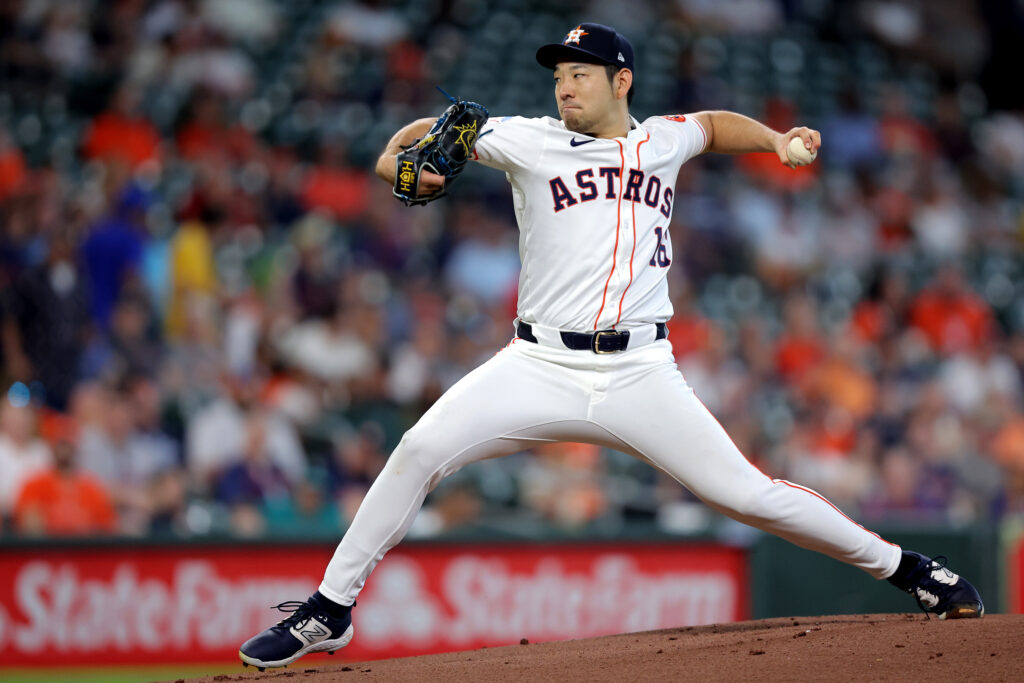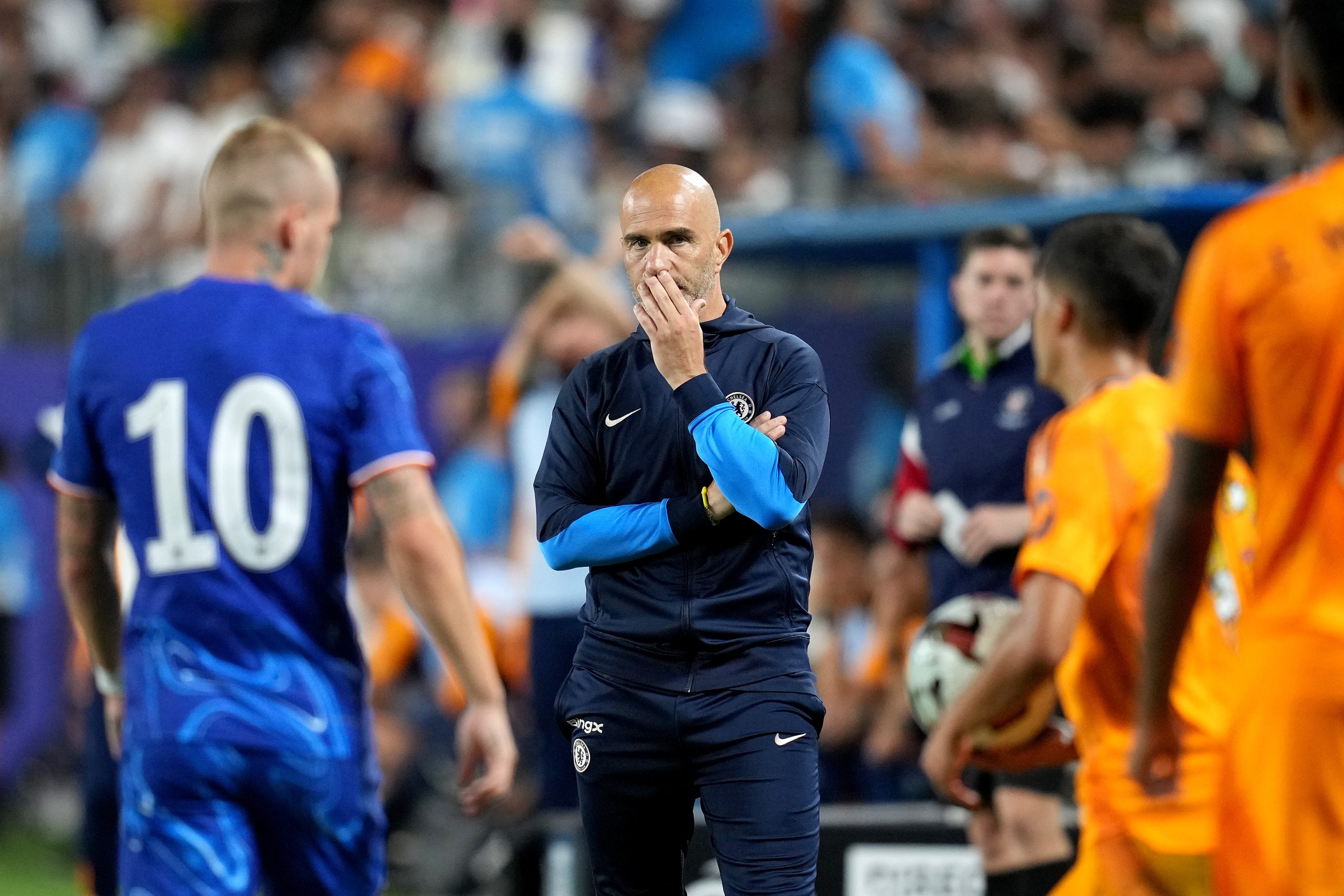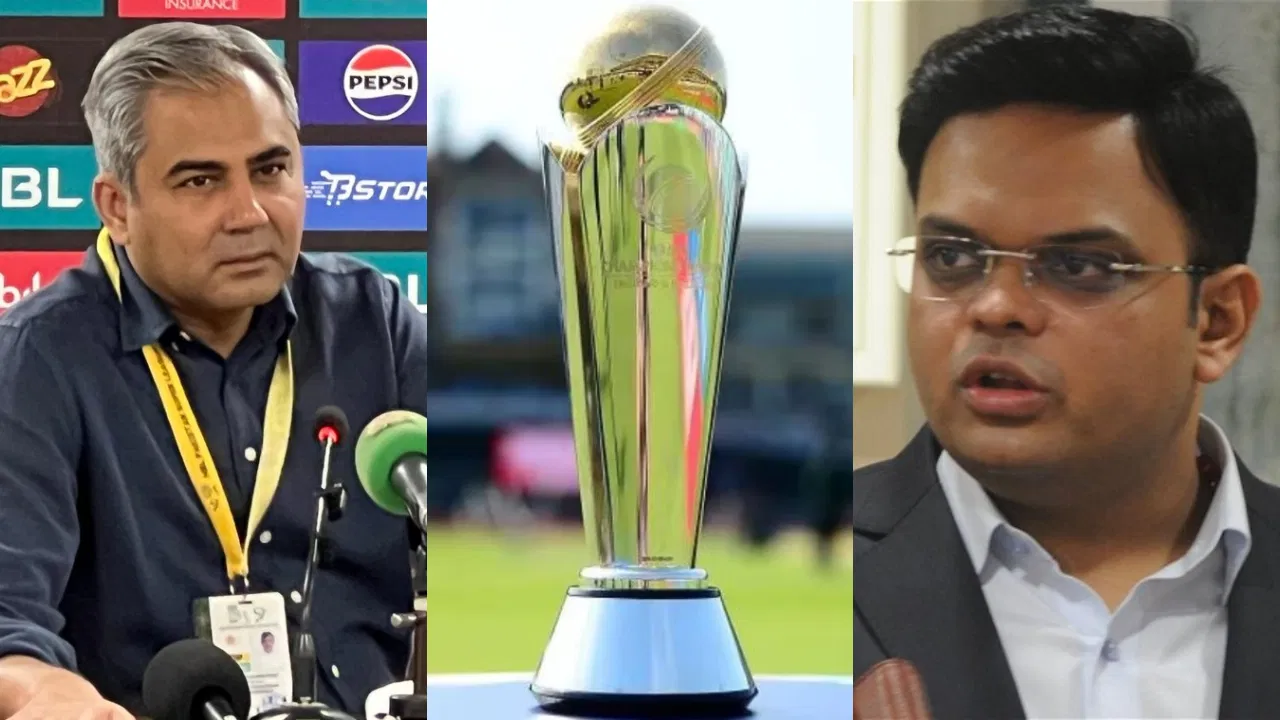Born in Baltimore in 1874, the good Joe Gans acquired his begin in boxing the best way many black fighters of his time did, in absurd, exploitative spectacles referred to as “battle royals.” For these brutal, winner-take-all brawls, a number of younger black males could be blindfolded and pushed into the ring on the identical time. There have been no guidelines; it was simply sheer mayhem because the determined combatants flailed away till lastly one man was left standing. Most of the time, that man was Gans, who went on to have his first professional boxing match in 1893. It didn’t take lengthy for him to determine a status as a fighter to be feared.
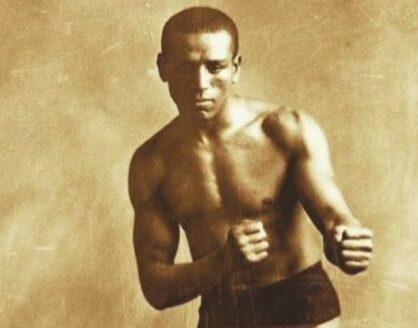
From the start, what set Gans aside was his intelligence and the sophistication of his ring approach. Whereas many, if not most, pugilists of the time regarded to swarm or brawl, Gans developed a method which capitalized on his distinctive athleticism and quickness. He delivered blows in a exact and studied method, with grace and economic system of motion. Historians credit score him with constructing upon the shrewd ring craft of his predecessor, all-time nice bantamweight champion George Dixon, aka “Little Chocolate,” and popularizing the fundamental methods by way of stance, footwork, blocking and counter-punching, in addition to the central significance of the jab. After Gans, all boxers realized these methods. Whereas he additionally possessed terrific punching energy, Joe’s ring smarts and normal canniness had been a lot part of his success that he earned the moniker “The Outdated Grasp,” lengthy earlier than he may ever be thought of “previous.” Actually, he wouldn’t stay lengthy sufficient to ever fulfill his well-known nickname.
Newspaper tales from the time attest to Gans’ masterful approach and excessive status. In 1906, The Boston Globe described him as “one of the fantastic fighters from a scientific view that the world has ever recognized. There’s not a trick or level that he doesn’t know.” The San Francisco Chronicle said that “[t]right here by no means was a fighter who may block with such ability and precision as Gans.” His contemporaries additionally acknowledged his brilliance. Pound-for-pound nice Sam Langford (who defeated Gans below rather exceptional circumstances) declared him the best boxer who had ever lived. Three-time champion Bob Fitzsimmons regarded him as “the cleverest fighter, huge or little, that ever placed on the gloves.” Benny Leonard, who realized to field whereas Gans was nonetheless champion, idolized “The Outdated Grasp,” his personal extremely cerebral ring craft strongly influenced by his predecessor’s.
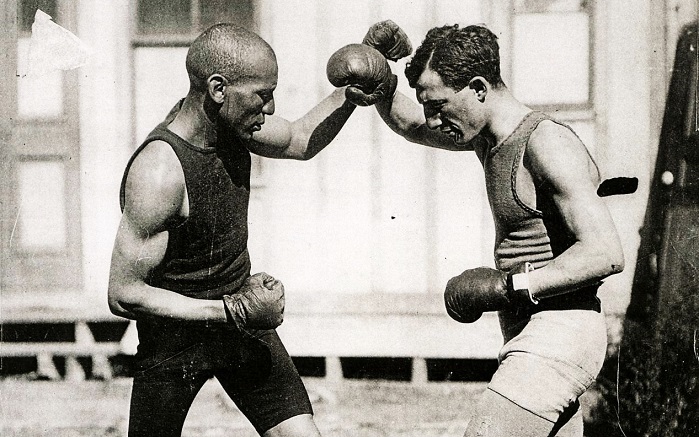
However regardless of being extremely regarded, Gans didn’t obtain a title shot till 1900, when he fought Frank Erne for the championship and abruptly give up within the twelfth spherical because of an eye fixed harm. The circumstances of the loss had been exploited by some to bolster the repugnant perception of the time that Black males lacked the identical grit and braveness as whites, however in reality Joe requested for the bout to be halted solely after his eye had really been dislodged from its socket. As reported by a number of newspapers, a conflict of heads precipitated the extreme harm, which made persevering with not possible.
Later that very same 12 months, Gans met brawler Terry McGovern in Chicago and was knocked down eight occasions in lower than two rounds earlier than the match was stopped. The consequence was greeted with widespread disgust; nobody believed it professional. The ensuing uproar prompted town of Chicago to ban boxing, a ban that held for over 20 years, and Joe later admitted to taking a dive on orders from his supervisor.

Whereas this constituted one among two licensed situations the place Gans participated in a “repair,” few doubt that there have been quite a few events on which Joe had no alternative however to “field to orders.” The ugly reality was that the good champion usually entered the ring “handcuffed,” mandated by gamblers or his supervisor to hold an opponent a sure variety of rounds, and even to lose. Light-weight champion Willie Ritchie, who knew Joe, states in an interview that, “Gans needed to do as he was advised by the white managers. They had been crooks. They framed fights, and being a Negro, the poor man needed to comply with orders, in any other case he’d have starved to demise.” In the meantime, in contests that had been on the extent, Gans needed to endure every kind of unfair therapy, corresponding to making weight simply minutes earlier than the bout, or whereas sporting his boxing gear, to not point out being flagrantly fouled. And when the preventing was finished, even when he was the victor, he usually watched his white opponents stroll away with the lion’s share of the money.
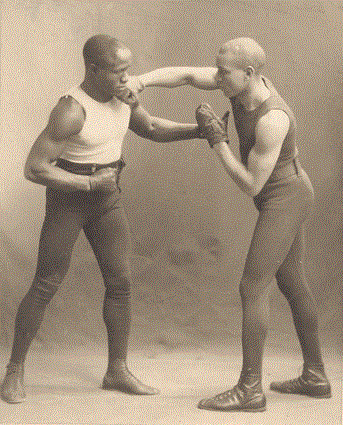
A 12 months after the defeat to Erne, Gans secured a rematch and this time flattened the champion in a single spherical to lastly win the title; the victory made Gans the primary American-born Negro to carry a world title belt in any sport. This didn’t sit nicely with many, and racism would in reality outline each the remainder of Gans’ profession and his life. He defended his championship repeatedly and in 1904 defeated James Edward Britt by disqualification after being punched whereas he was down. Britt, a white man, then claimed to be the rightful champion, regardless of the disqualification, and had the backing of many, for no motive aside from bigotry. When Britt then misplaced to Battling Nelson, it arrange a showdown that the sporting public clamoured for: Nelson vs Gans for the undisputed championship. The ensuing duel, held in Nevada in September of 1906, proved historic for boxing, whereas tragic for Gans.
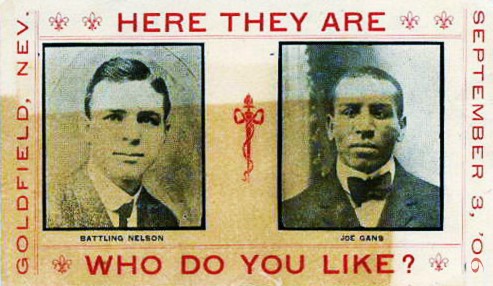
The phrases of the bout had been horribly unfair to Joe, particularly when one considers that he, not Nelson, was the rightful title holder. Not solely did he must cede many of the purse cash to his white opponent, however Nelson insisted Gans make weight three separate occasions previous to the match, every time whereas sporting his boxing gear, the final simply hours earlier than the struggle. This was to be one of many final “struggle to the end” bouts in boxing historical past and it was a grueling warfare, although largely one-sided. Nelson was outclassed for probably the most half and Gans scored a number of knockdowns. Lastly, in spherical forty-two, Nelson reached his restrict and deliberately struck Gans under the belt to foul out.
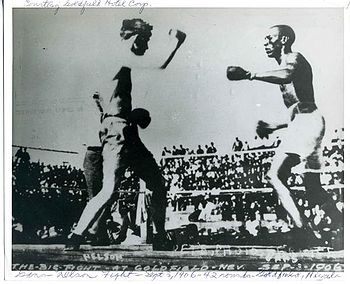
Following this victory, Gans was by no means the identical. The pressure of the fixed dehydration to make weight, plus the epic battle within the Nevada warmth, took their toll and shortly after he contracted tuberculosis. Amazingly, he would proceed boxing for one more two years, even assembly Battling Nelson twice extra, nonetheless shedding each occasions. But it surely was apparent to all this was not the identical Gans, with reporters remarking on his “uninteresting eyes” and “gray pores and skin.” The San Francisco Chronicle even famous him shivering from fever within the third match with Nelson. By the summer time of 1910, greater than a 12 months after his final struggle, it was apparent he was dying and he launched into the lengthy practice trip again east to see his mom earlier than it was too late. Phrase unfold and shortly a whole lot of individuals had been gathering on the practice stops alongside the best way to pay their respects. He died in his mom’s arms on the age of solely thirty-five in his dwelling metropolis of Baltimore, the place hundreds attended the funeral for “The Outdated Grasp.”
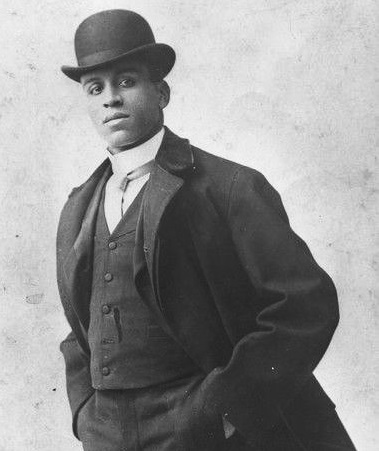
Joe Gans ultimate file, together with newspaper selections, stands at an astonishing 159-12-20, with many, if not most, of the attracts and losses being bouts he really received or deliberately forfeited. He deserves to be remembered as one of many best boxers of all time, no matter weight, and, arguably, the perfect light-weight ever. Multiple boxing reporter from Gans’ period pegged him as the best fighter who had ever lived, at any weight. Nat Fleischer rated him the all-time greatest light-weight, whereas historian Charley Rose ranked him second solely to Benny Leonard. Eminent boxing historian Monte D. Cox regards Gans as the best light-weight ever, and, by way of the perfect boxers of all-time, pound-for-pound, second solely to the good Sugar Ray Robinson. — Michael Carbert






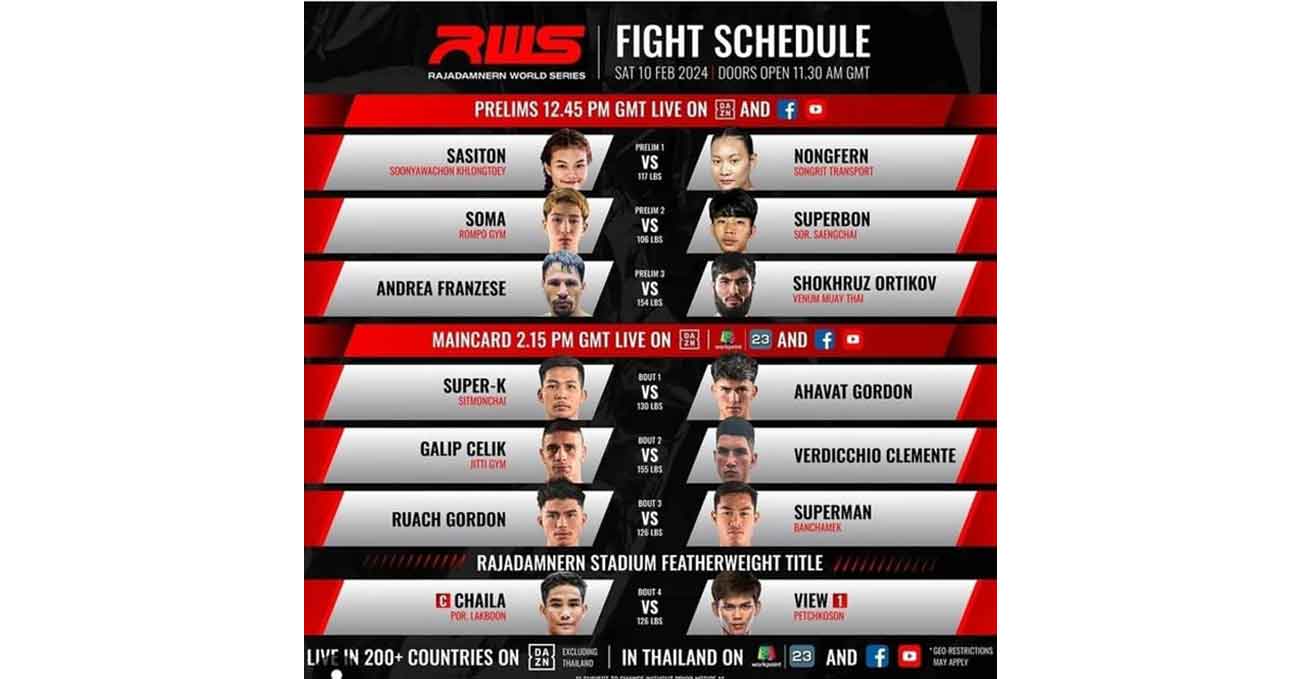


![WBBL 2024 [WATCH]: Ruth Johnston’s unconventional dismissal in the knockout against Sydney Thunder](https://crickettimes.com/wp-content/uploads/2024/11/The-unexpected-dismissal-of-Ruth-Johnston-2.webp)

